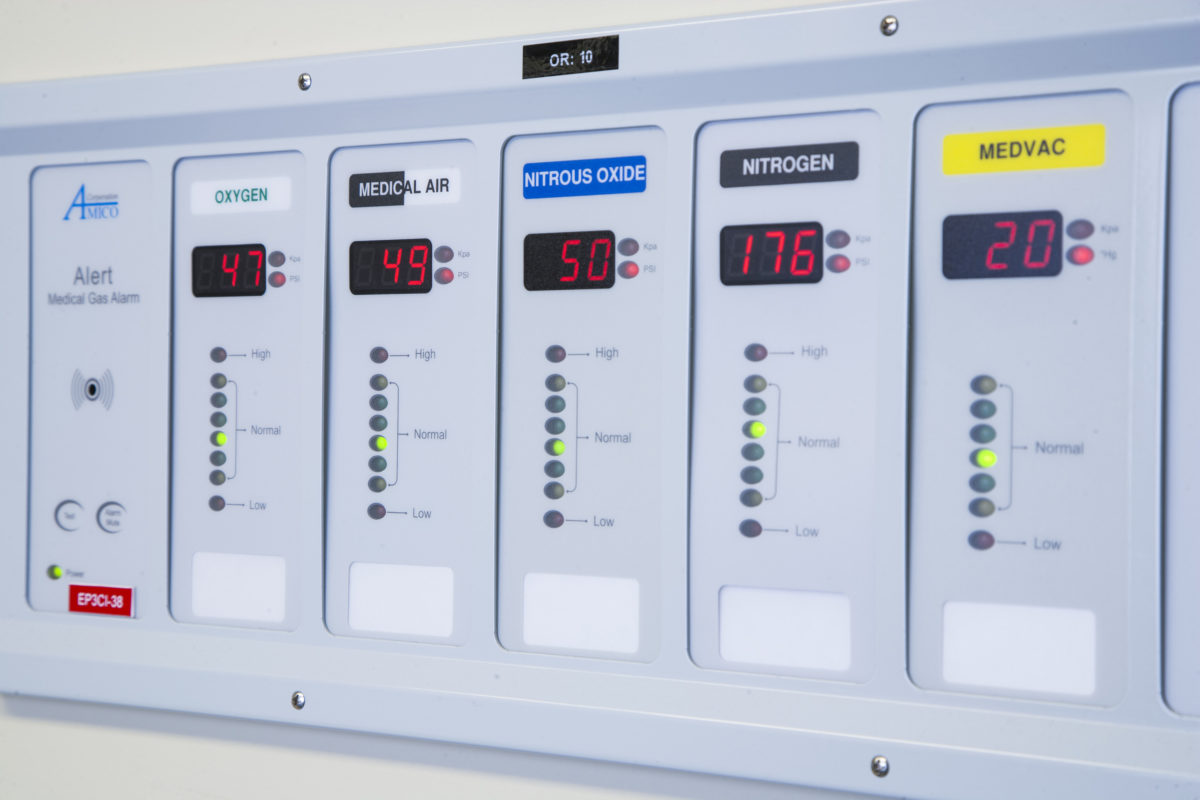A large portion of our business is forensically recovering and preserving data that is vital in proving or disproving trade secret theft. Enigma Forensics experts love to follow Tesla! We love the look of their beautifully engineered electric cars and we’re very interested in Elon Musk, the controversial character behind the engineering. Who is now labeled the most wealthiest man in the world. Our interest was piqued when we heard about Tesla’s latest lawsuit and that prompted us to write this blog.
On January 22, Tesla filed a lawsuit against Alex Khatilov, a former software engineer over Trade Secret Theft and Breach of Contract. Tesla contends that within days after Khatilov started his position on December 28, 2019, he began stealing thousands of highly confidential software files from Tesla’s secured internal network, transferring them to his personal cloud storage account on Dropbox to which Tesla has no access or visibility.
How did Tesla discover this trade secret theft or misappropriation of data?
On January 6, Tesla’s information security personnel detected Khatilov’s unauthorized download of a complete set of all the automation scripts produce by the Quality Assurance Engineering team for WARP Drive over the last twelve years! He was confronted the next day via Microsoft video chat due to Khatilov working remotely because of COVID-19 restrictions. Khatilov claims he installed a Dropbox desktop application to his Tesla issued laptop to allow him to upload administrative files to his personal Dropbox. He swore over and over that he only transferred administrative documents and then when he finally shared his screen with Tesla investigators he could be seen deleting the Dropbox files while on video chat confirming he had willfully destroyed evidence.
Why all the fuss?
How important are these scripts? These scrips are unique to Tesla and run on WARP Drive, the backend software for much of Tesla’s business. These files consisted of “scripts” of proprietary software code that Tesla has spent years of engineering time to build. When executed, these scripts automate a broad range of functions throughout Tesla’s business and only a few select employees have access to these files. It gets better! This is the good part…Khatilov contends he forgot about downloading thousands of confidential files!
The reality of this trade secret theft or misappropriation of confidential data is that Tesla has no way of knowing whether Khatilov copied the scripts onto a thumb drive, a mobile device, or a cloud based storage or most importantly sent them to another individual. To understand more thoroughly how important these “scripts” or trade secrets are…They map out Tesla’s innovations! Making them extremely valuable and beneficial to any competitor.
What measures ensure against trade secret theft or misappropriation?
- Tesla limited the “scripts” access to only members of the Quality Assurance Engineering team in which Khatilov was one of forty employees to have access. The engineers that have access are not permitted to download scripts to the cloud or personal devices. This makes us wonder how Khatilov was able to download data!
- Only eight people within the Tesla company are approved to grant access to these scripts.
- Each engineer signs an extensive employment agreement and agrees to policy conditions of their employment with includes a non-disclosure agreement (NDA), that holds each employee to the strictest confidence of proprietary information, technical data, trade secrets so on and so forth.
- The NDA also states that upon termination or departure each employee will immediately return to the company all original document electronic or hard copies.
- Each physical facility has restricted access to only authorized personnel that are monitored by security guards and cameras.
- All visitors must check in with security, sign a NDA, submit to a photograph and be escorted by an employee.
- Tesla also used password-protected and firewall-protected networks and servers that are only accessible to current Tesla employee with the proper credentials.
Moral of this story is…
Even high level technology companies has issues with trade secret theft. If your company suspects something like this, immediately hire a computer forensics expert to electronically preserve data of soon to be departing or a departed employee that has already left the company. Enigma Forensics can analyze data that was misappropriated or stolen to help clients recover financial loss.


